Affiliate links on Android Authority may earn us a commission. Learn more.
Sony in 2018: time for a change
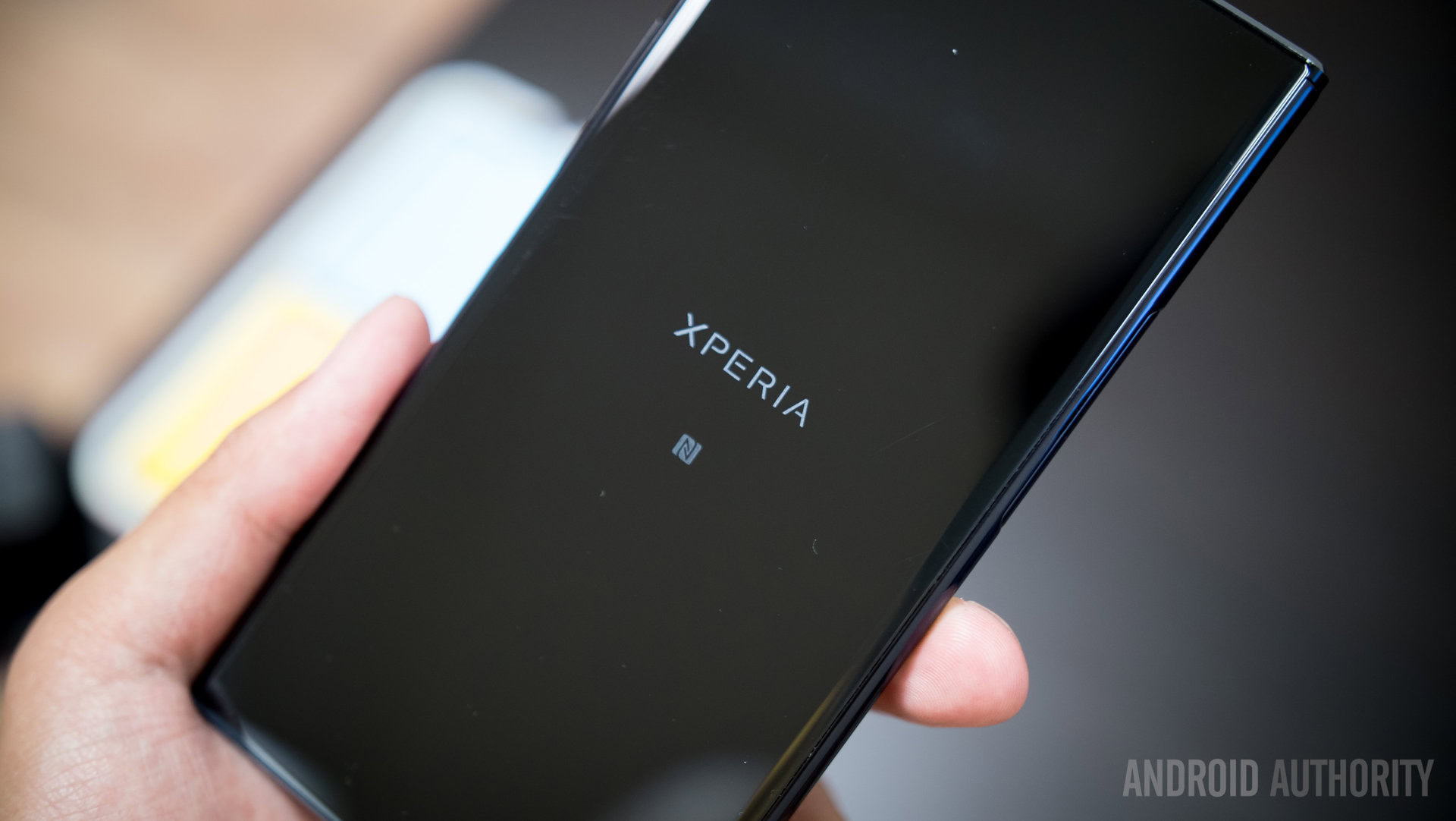
Sony treated us to a range of smartphones in 2017, led by its flagships, the Xperia XZ Premium and Xperia XZ1. The company’s familiar biannual release cycle caused division amongst those looking for a definitive Sony experience this year, as it has before.
However, this time the Xperia XZ1 had a more aggressive price point, which put it in the price range of more frugal buyers. Starting at just $560 in the U.S., the handset bucks the trend of $1000 flagships released by its major competitors this year. Fans of smaller handsets also had the option of the Xperia XZ1 Compact this year, one of the few compact handsets on the market boasting flagship specifications.
At a glance, 2017 has been a year of continuation, rather than reinvention for Sony. It maintained the same cycle of products, and even the same design language as products from multiple generations ago. The company appeared to have faith in its time-honored design, even in a year where mobile form factors have changed substantially, in favor of super slim bezels and 18:9 aspect ratio displays.
This year it sounds like Sony’s been listening to the criticism its phones received and is making changes. Back in September, Sony India’s managing director Kenichiro Hibi revealed the company is planning to launch a new generation of products with a completely new design. We don’t know what this design will look like yet, but we could see an announcement early in 2018, when the company traditionally launches its first flagship on the year.
Innovating but not leading
Sony’s market share remains in a notable slump and its mobile division is barely teetering on the edge of profitability — that’s even after a long program of restructuring to turn around multi-million dollar losses. Sony’s mobile division made a profit in the last fiscal year due to cost-cutting, rather than a sales boost, as revenue was actually down 32 percent. Smartphone sales fell from 33 million units in 2012 to just 14.6 million last year, and the company’s market share is a long way behind the leaders.
It’s clearly not a great picture for Sony, but it’s not alone. Legacy brands like HTCand LG are witnessing similar downward trends. On the plus side, the company’s camera business continues to profit from sales of its mobile image sensors, which appear across a range of smartphones and accounts for an estimated half the entire market, and helping to produce some of the best mobile cameras we’ve seen so far.
It’s tough to pin down exactly what Sony’s problem is. It can’t be said that the Xperia lineup lacks cutting-edge features, performance, or media capabilities. Sony has scored many firsts over the years, including a 4K HDR display, 960 fps slow motion video capture, and serious waterproofing. Instead, it seems like a combination of a tired and dated-looking design, simple issues like the lack of a fingerprint scanner and no CDMA carrier support in the U.S., and an overall lack of a coherent marketing strategy are the cause of much of Sony’s problems.
Sony doesn't expect to catch up with Apple and Samsung, instead it's biding time until the next big shift in mobile.
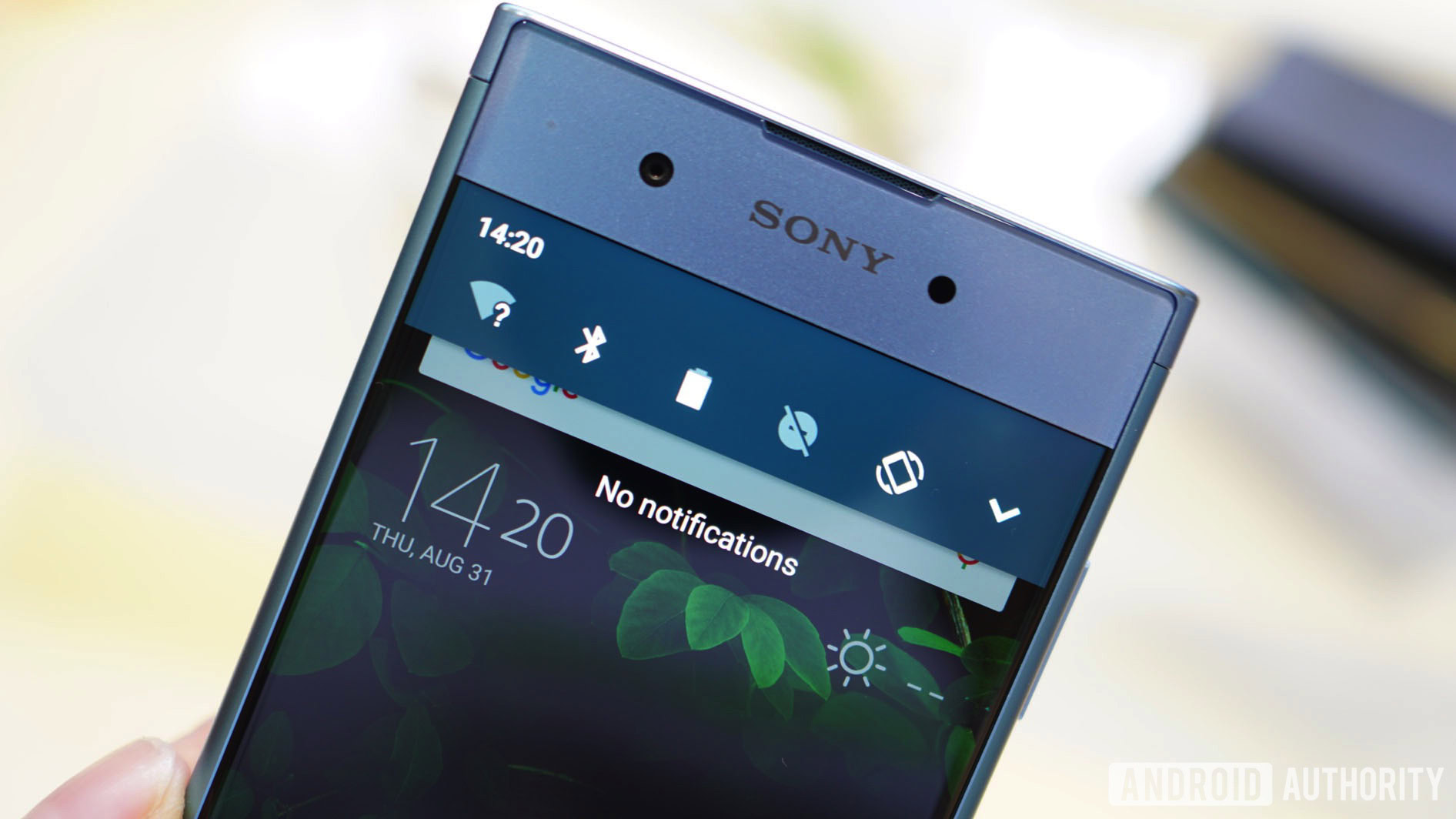
The major barriers to success for Sony boil down to brand perception and an unwillingness to invest in its mobile business. Sony could certainly reinvigorate the look of its flagship Xperia lineup to something more modern, and, with it, trumpet the message that it’s a leader in the mobile space and not a follower. Aesthetic changes appear to be on the way, but a significant turnaround will require a major marketing push and a big commitment from the upper echelons of Sony to make serious changes to the way it does business, which seems unlikely.
Earlier in the year, Sony’s president Kazuo Hirai confirmed the company is planning to stay in the mobile business, but admitted that he does not expect its smartphone sales to compete with the current leaders like Apple and Samsung. Instead, Hirai says Sony is waiting for the next big shift in the mobile and communication market beyond smartphones.
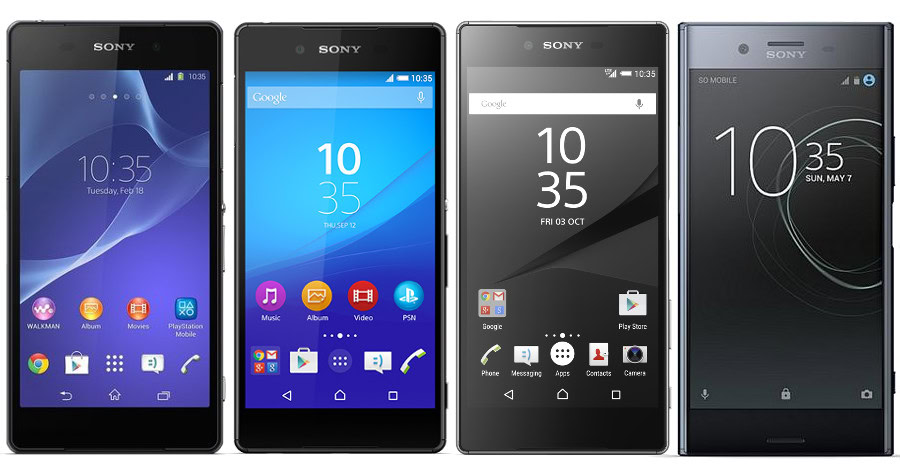
Preparing for the next big thing
If Sony isn’t particularly hopeful about its future in smartphones, what could be that next big thing?
It has the PlayStation VR headset, but hasn’t made any similar investments into the mobile VR ecosystem, although its handsets do support a selection of third party headsets. The company has experimented a little more with mobile AR, introducing its 3D Creator app with the Xperia XZ1, which it subsequently brought to the XZ Premium as well. But Sony hasn’t been pushing any innovative hardware on this front. ASUS and Lenovo were far more ambitious with their Tango powered devices. Sony has also dabbled in smart assistants, developing its own smart speaker powered by Google Assistant and introducing Alexa to its Android TV lineup. This move certainly makes sense for Sony’s speakers and entertainment divisions, but it clearly isn’t going to supersede smartphones— it’s an entirely different market.
Sony has been experimenting with VR and virtual assistants, and perhaps 2018 will see the company's vision come into focus.
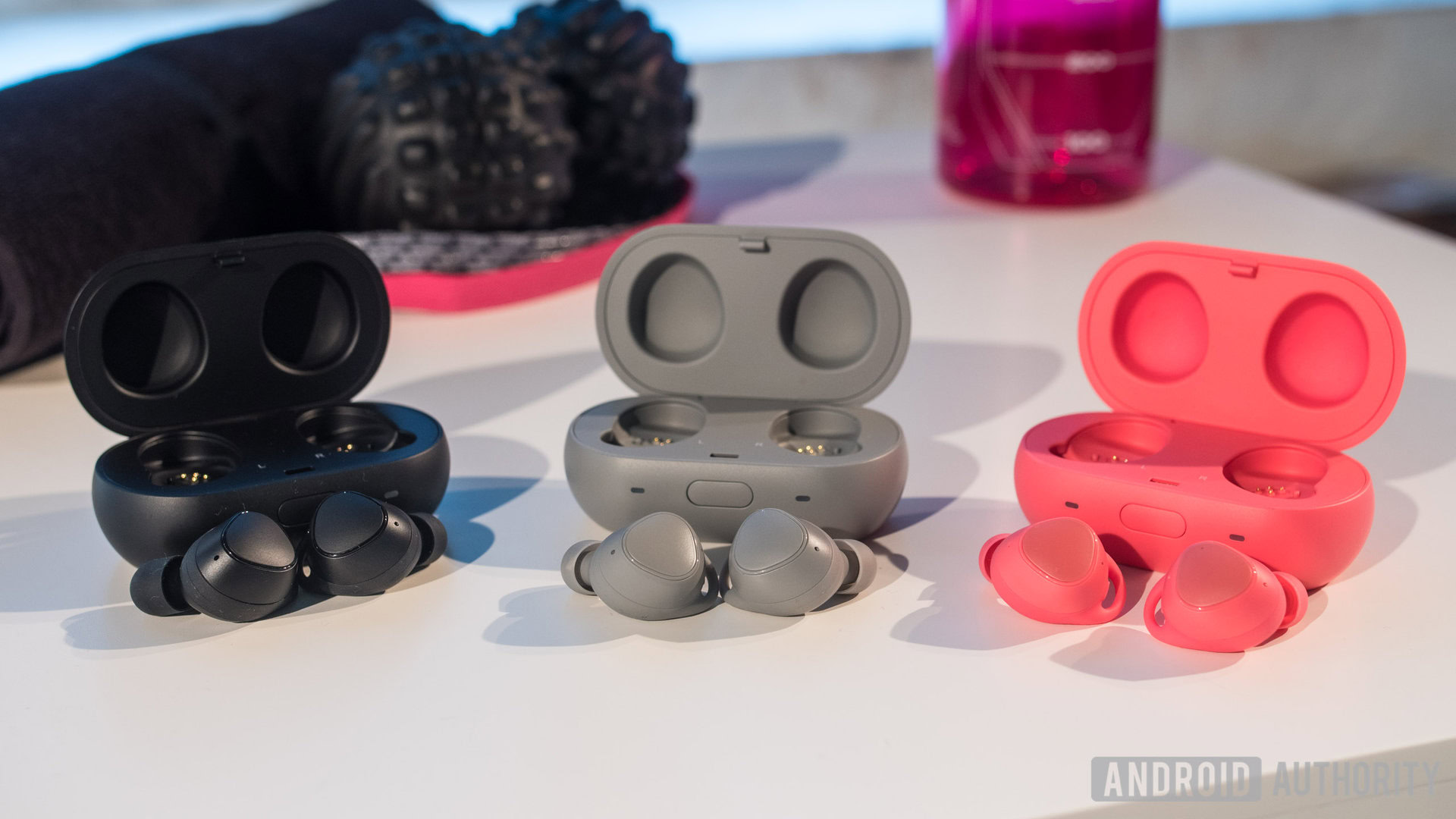
Sony tried to take the virtual assistant idea to the next step bringing it to the new “hearables” market. The Xperia Ear, unveiled back at IFA 2016, has been on sale for a full year now, boasting wireless connectivity with Sony’s own assistant, by pairing to the Xperia Ear host app loaded onto your smartphone. This meant it actually supported a wide number of handsets and not just Xperia phones. The product wasn’t especially well received, mostly due to the limitations of the assistant, and the company hasn’t refreshed the product in 2017. The idea isn’t dead in the water. Sony could release a follow up in 2018, hopefully with support for Alexa or Google Assistant, or a far more powerful in-house option. Perhaps something along the lines of the Google Pixel Buds, but making use of Sony’s audio expertise.
Perhaps Sony views smart assistants that transcend smartphones as the future not only of the smart home but mobile too? That view’s become increasingly hard to argue with, but it doesn’t appear Sony is ready to go all in on this strategy just yet. Maybe we’ll see these plans for the future come into focus in 2018.
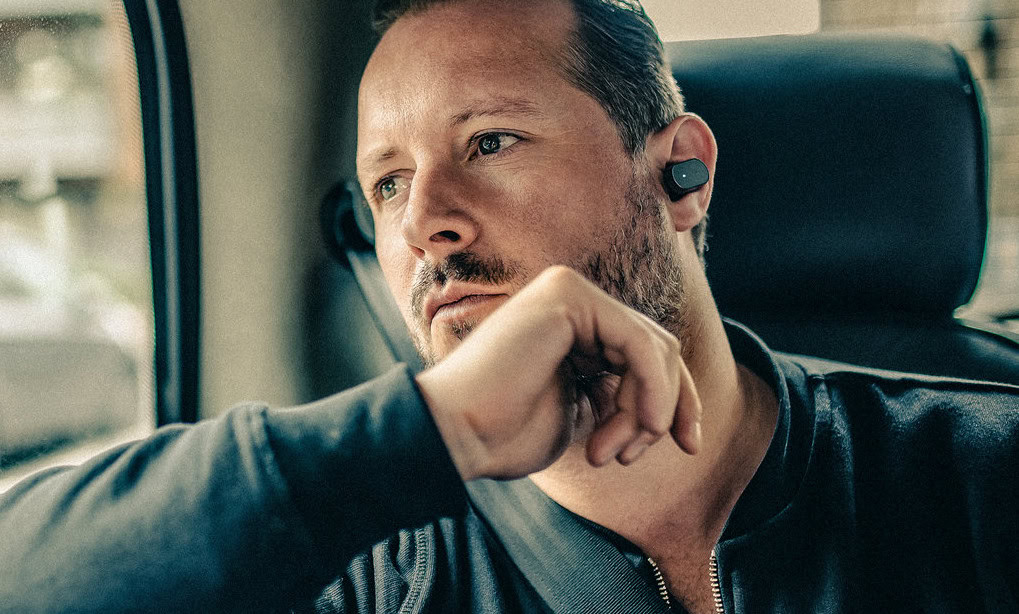
Wrap-up
In many ways Sony’s 2017 felt like the company attempting to stave off decline in mobile. Its products have been good, but not industry leading. It’s clear the company has little interest in attempting to catch up with its competitors so late in the game. In terms of smartphones in 2018, the promised all-new design is certainly needed, but it will only solve one of Sony’s mobile problems. Feature parity, carrier support, global availability, and a marketing budget to back it all up are equally as important, but there’s little sign that the company is willing to invest so heavily when it doesn’t see itself catching up with Apple or Samsung. Sony is simply focused on steadying the mobile ship.
It sounds like Sony’s waiting to pounce on the next big thing, though it’s not entirely clear what that will be. The company is clearly experimenting with ideas like the PlayStation VR and the Xperia Ear (which was maybe just ahead of its time and a little unrefined). Hopefully Sony has some exciting products in store for 2018, as it’s definitely time for change.